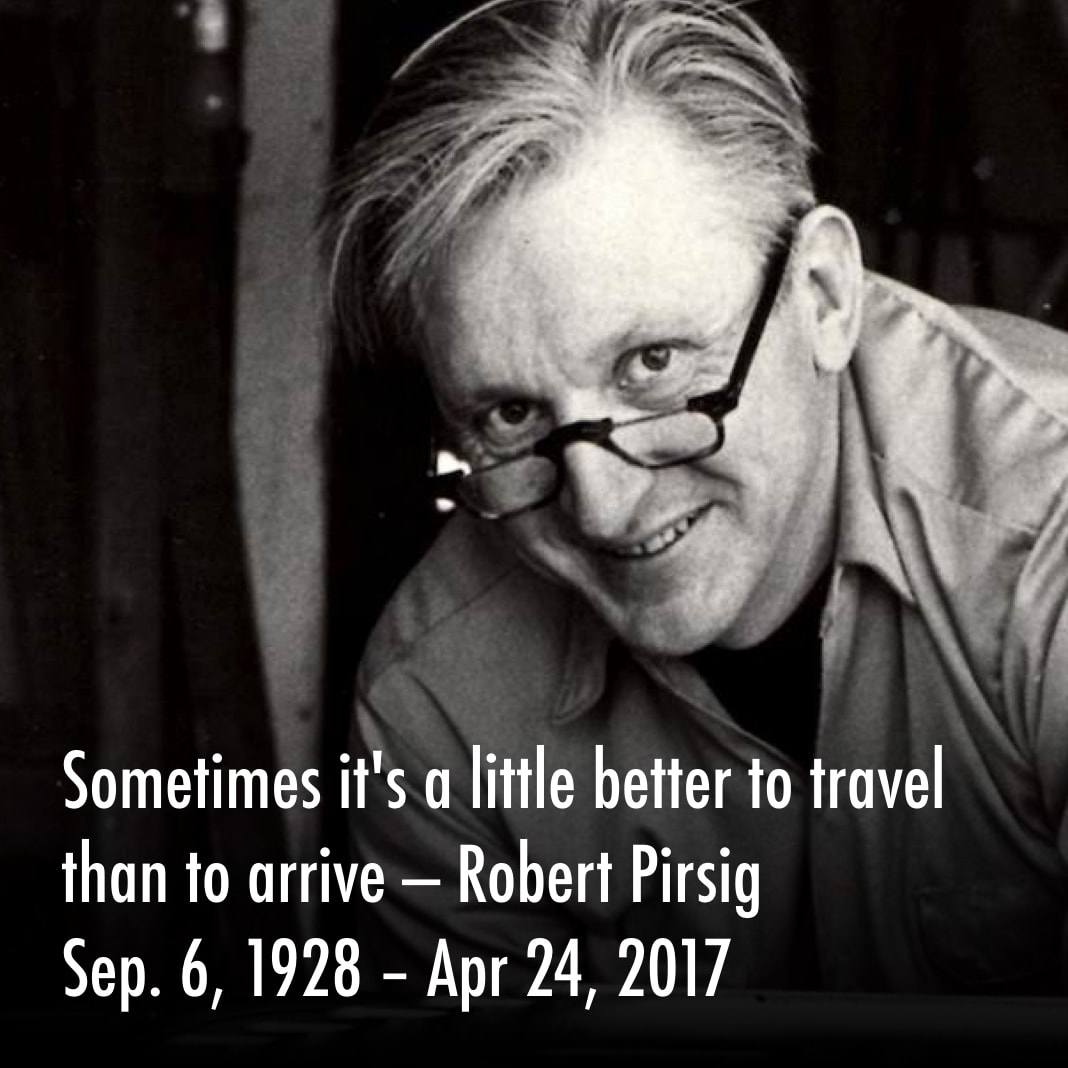The latest in our series Rethinking Technology and Creativity in the 21st Century is now available. The article was co-authored with William Cain, Sandra Sawaya and Danah Henriksen (and the Deep-Play Research Group) and deals with the issue of how expertise may actually hinder creative solutions and that novices may be the source of creative solutions—only if the experts learn to listen to them and to “try to understand the deeper patterns of human interaction, to learn from scholars and history, and to listen to what users are saying. But most importantly, to closely observe what they do.” We ground this broader issue in issues related to the design of hybrid or blended learning spaces, specifically referring to some fascinating work being done by William, Sandra and John Bell on developing a typology of models of interaction in face to face, online and hybrid courses.
In this article, in keeping with our trans-disciplinary bent, we take inspiration from the work and wisdom of architect and scholar Christopher Alexander as one way of thinking about the design of learning spaces. Here is a key quote:
He [Christopher Alexander] claimed that architectural creativity emerged through a deep understanding of the naturally occurring interactions that exist between the inhabitants of an environment (as contextualized within its topography, culture, and society). By explaining these patterns, Alexander seeks to empower users and inhabitants of a living space to develop, change, and shape their own environments around the pre-existing organic interactions in that space. Therefore, he argued that instead of allowing architects to impose a structure on a living environment and having that structure shape interactions, the natural interactions within the living environments ought to shape its architectural structure. As such, Alexander suggested that an environment is best shaped by those native to that environment.
Here is a link to the full article
Mishra, P., Cain, W., Sawaya, S., Henriksen, D. & the Deep-Play Research Group (2013). A Room of their own. Tech Trends, (57) 4. p. 5-9.
This article continues the series of papers that the group has been writing. Here is a complete list
- Creativity, TPACK & Trans-disciplinary learning for the 21st century (With Mishra, Koehler, & Henriksen)
- Crayons are the future (Mishra)
- On being (in)disciplined (Mishra, Fahnoe & Henriksen).
- Creativity, self-directed learning, and the architecture of technology rich environments. (Mishra, Laura Terry, Henriksen)
- Square peg, round hole, good engineering (Mishra, Colin Terry, Henriksen)
- Of Art and Algorithms. (Mishra, Yadav)




0 Comments